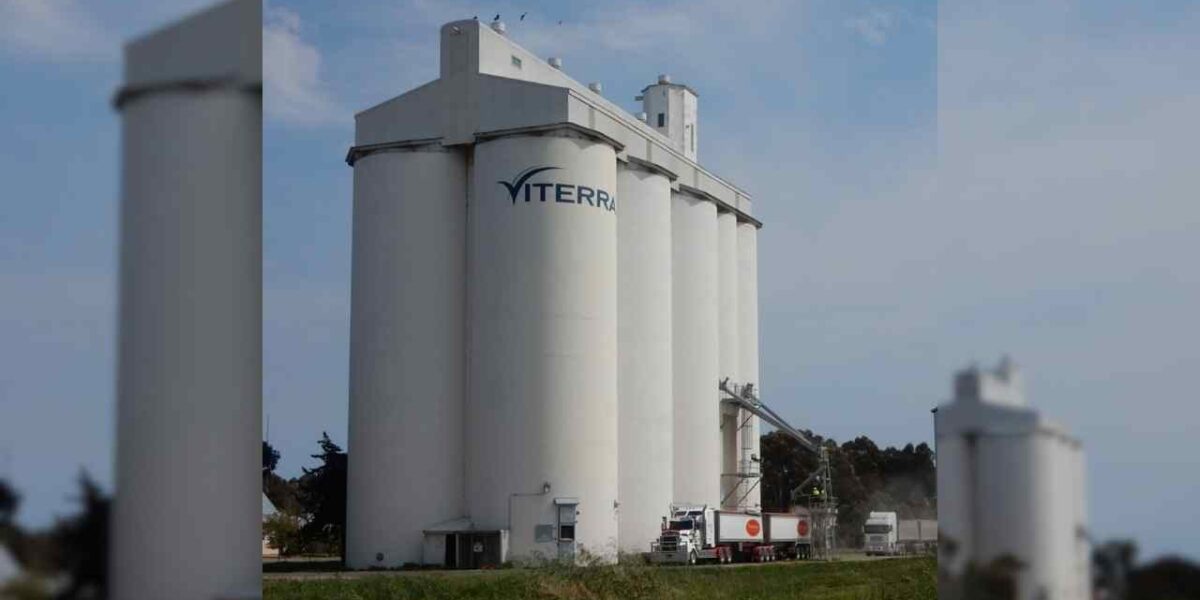On January 14, the Honourable Anita Anand, Minister of Transport and Internal Trade, announced the Government of Canada approval of the acquisition of Viterra Limited by global agri-business Bunge Global SA. Through this action the federal government has ignored the critical concerns of several organizations, including farm groups from across the country, underscoring the continued concentration in the grains sector.
The federal government has placed a few bandaid restrictions on the Bunge-Viterra merger, for example: that six grain elevators must be sold to provide additional options in a region; rules for selecting board of directors, among other relatively minor limitations. The restrictions are listed in the Orders in Council, and can be viewed online.
In July of 2024, rabble.ca published this column on the implications of the proposed Bunge-Viterra merger on farmers and the Canadian economy more generally. At issue with the merger is the continued corporate concentration in the grain buying sector in Canada and beyond
The National Farmers Union (NFU) and other farm groups, along with grain associations, and even Canada’s Competition Bureau have emphasized since early 2023 when the proposed merger came under review by the federal government, that such a merger between Bunge and Viterra, would extract hundreds of millions of dollars from Canadian farmers, and by extension from our communities and economy.
What struck me most about the announcement of the merger approval by Minister Anand was the line in the media release justifying the merger decision as “firmly rooted in Canada’s public interest.” The NFU underscores that nothing could be further from the truth. It notes that the approval of this merger highlights the myth of competition, and reinforces its stance that such a merger is anything but in the “public interest.”
The NFU media release of January 20th notes:
“When the merger is finalized, ADM, Bunge, Cargill, and Louis-Dreyfus, will continue to dominate internationally, with Bunge now in first place. Together these four giants control 70% of the world’s grain trade. A 4 firm Concentration Ratio (CR4) above 40% is considered monopolistic. In Canada, the CR4 for grain companies (counting G3 as a de facto Bunge asset) will be 88%.”
To be clear, a four-firm concentration ratio (CR4) is a percentage that measures how much of an industry’s total output is controlled by its top four firms. It’s used to determine the degree of competitiveness in an industry. A CR4 of more than 75 per cent indicates an oligopoly.
The Canadian Anti-Monopoly Project (CAMP) released this statement on hearing of the merger approval:
“The government’s approval of the Bunge-Viterra takeover is a loss for grain farmers that depend on competitive markets to get a fair deal for the fruits of their labour,” said Keldon Bester, Executive Director of CAMP. “The need to place firewalls around Bunge’s ownership of G3 makes it clear that the transaction creates an ongoing conflict of interest at the expense of Canada’s grain farmers. The approval of Bunge-Viterra continues the march of consolidation at all levels of Canada’s food system that has left producers and shoppers with fewer options and less competition in an environment of steadily rising prices.”
How did we get here?
Well it is a pretty long story, but here is a brief.
The story of the grain merchants in Canada includes the sell-off of the farmer-owned cooperative prairie wheat pools and the privatization of the once farmer-controlled Canadian Wheat Board.
The Canadian Wheat Board was dismantled through privatization during the days of the federal Conservative Stephen Harper government and the wheat board assets were used to create G3, a joint venture owned by two foreign corporations, Bunge and the Saudi investment company SALIC. Viterra is the corporate entity that gained control of the assets of the prairie wheat pools when the pools were privatized.
So the prairie marketing and transportation agents, the wheat board and the wheat pools, once controlled by grain farmers, are gone. The dismantling over the last few decades of the Canadian Wheat Board and its absorption by Bunge, and the sell-off of the prairie wheat pools to Viterra has meant the loss of organizations that were created in an effort to protect the incomes of prairie family farmers from corporate grain merchants that were constantly fleecing farmers.
Now Bunge-Viterra, the oligopoly having been approved by the federal Liberal government, are the newly-endorsed grain merchants back to fleece Canadian grain farmers.
The merger will create an oligopoly costing farmers more than $700 million in additional costs annually, and create a ripple effect through rural communities and into the food budgets of consumers. The sell-off of the farmers organizations was supported by the federal Conservatives, and the creation of the Bunge-Vittera oligopoly is supported by the federal Liberals. Need anyone point out the obvious?
The haunting phrase in Minister Anand’s media release – – that the merger is in the “public interest” – is a curious one. How so?
The Canadian Pension Plan (CPP) Investments has a 40 per cent share in Viterra and in June of 2023, CPP Investments was quick to announce its approval of the Bunge-Viterra merger noting that it will receive 12 per cent of Bunge shares and US$ 0.8 billion in cash on close of the merger.
The Bunge-Viterra merger is yet another example of how Canadians pension moneys are being used unwittingly to fund corporate concentration in the agriculture regions of our country, as noted in this March 2021 rabble.ca column.
Could this sleight of hand be what Minister Anand meant by noting that the merger is “firmly rooted in Canada’s public interest”?
If I may quote Mel Watkins, taken from this 2012 blog on mergers and acquisitions published on rabble.ca: “So goes the relentless march of monopoly capital with all its baggage and collateral damage, cannibalizing Canada in the process.”



